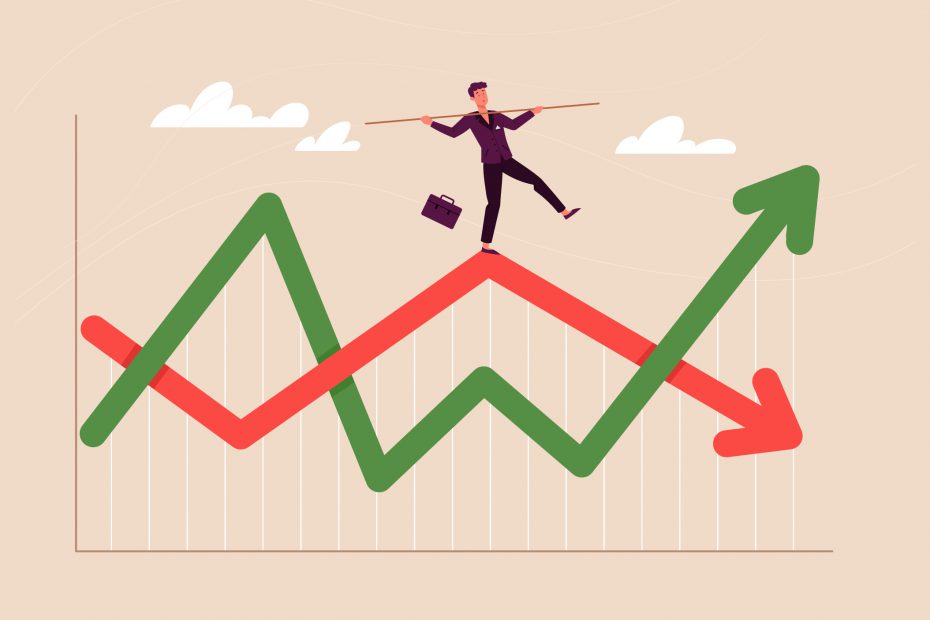By David Adefeso & Nick Waggoner
Over the past few weeks, the markets have experienced significant volatility. In the past three trading days, including today’s large drop of over 1,000 points in the Dow Jones Industrial, the Dow, S&P-500 and Nasdaq Composite have lost 5.2%. 6.1% and 8%(1) respectively.
While the markets are still up for the year, recent activity has many wondering what is currently happening and what the future holds.
The Nikkei 225, Japan’s main stock market index, had its worst trading day since 1987, falling 12.8%. This was due in large part to an unexpected increase in interest rates by the Bank of Japan, their central bank, last Wednesday. Their stock market has continued to slide since that announcement, exacerbated by the US economic data from last week as well. The combination of data and market performance reverberated globally, causing a broad global stock sell-off.(2)
The US had a poor jobs report for July, with nonfarm payrolls only growing by 114,000, much less than the 185,000 expected and less than the June amount of 179,000. The unemployment rate further ticked up to 4.3%, the highest since October 2021. An unexpected increase in unemployment benefit filings showed in the data. These are a great concern for the economy as it fuels fears of an economic slowdown.(3)
The Federal Reserve (Fed), the US’ central bank, had indicated last Wednesday that they would likely be cutting interest rates during their upcoming September meeting. The markets cheered until the additional negative economic data was released at the end of the week.(3)
Was the Fed too little, too late? Many have been calling for interest rate cuts for some time, but they held steady due to inflationary pressures. They were being very cautious, to some extent understandably, but perhaps they held on too long. The high interest rates have been a weight the economy has carried thus far, but it’s been slowly but surely dragging it down. The job market, corporate earnings, and other factors have kept the stock market up with the hope the Fed would introduce cuts to further push the economy up. What will they do and when will they do it?(3)
Could the market have needed an adjustment to get back to a more reasonable level? There are certainly times when the markets can be irrational to either upside or downside. Perhaps it needed to adjust itself a bit. The current PE Ratio (Price to Earnings Ratio) is 27.10. When compared to the average over the past 5 years (20.3) and 10 years (18.10), the S&P 500 would be considered overvalued currently. Granted, like anything else, this can be taken with a grain of salt since the markets will often trade based on future expectations, thus increasing stock prices and subsequently the PE Ratio.(4)(5)
In addition to stocks, interest rate yields on US Treasuries plunged today, but did come back slightly off their lows. The yield curve briefly dis-inverted between the 2-Year and 10-Year treasuries, the first time it was positive in some time. It eventually reinverted as the day went on. Often, an inverted yield curve can be a precursor for recession, but that has yet to play out clearly as it has been inverted since July 2022. Granted, the yield curve often turns back to normal right before an economic downturn. Something to keep an eye on.(6)
All in all, the markets are a bit shaky because there has been a lot of unexpected data both nationally and internationally that has left investors concerned. While the Fed is expected to cut rates during their September meeting, it may be too late to kickstart the economy since it often takes 1 or 2 quarters to see the effect of policy changes. Due to that delay, there may be more damage than originally thought, especially since the job market hasn’t been able to keep up with the growing interest rate concerns. This could push the economy into a recession, but it may very well continue to stave it off and rebound if rates are cut and other positive data is released in the near future.
We will continue to monitor the markets and keep you abreast of any long-term changes we see moving forward.


